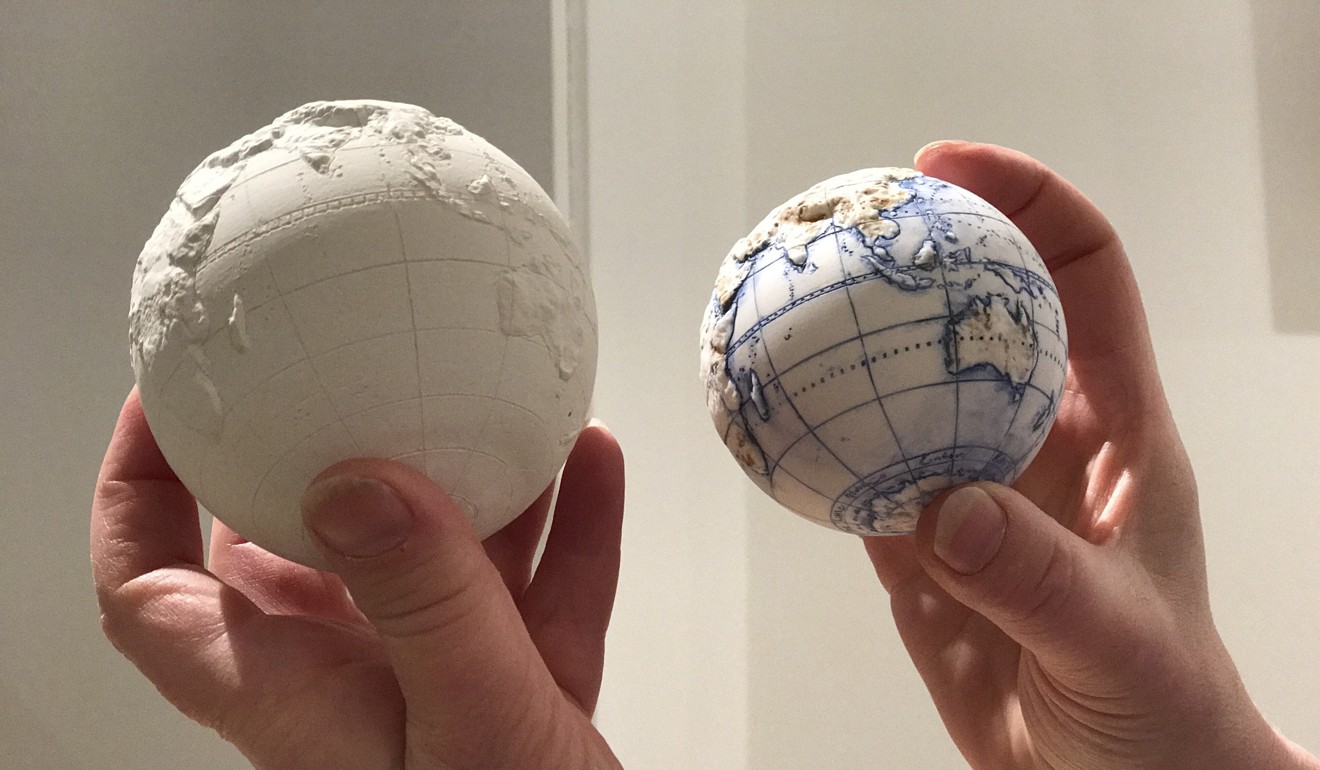
Hong Kong and China designers tap into buzz about crafts at fast-growing London Craft Week
From Chi Wing Lo’s geometric tea wares to Elaine Ng’s batik and Chinese studios’ 3D-printed cups, Hong Kong and China were well represented at London event that feeds our growing appetite for authenticity

Is the ‘C’ word fashionable again? Judging by the success of this year’s London Craft Week, which saw Hong Kong and Chinese designers, among others, show off their handiwork, crafts are one of the hottest trends in the design industry.
And it’s not just big luxury brands getting a look-in on this revival of interest in things made by hand. Loraine Rutt, cartographic artist and founder of the Little Globe Company, welcomed a steady flow of visitors to the workshop she installed in the basement gallery of a rare-books shop in London’s Mayfair to demonstrate how she hand-scribes her topographically correct, miniature ceramic globes.

Across the city at Oxo Tower Wharf, in the Japanese design store Wagumi, a kimono-clad Hiroko Ogawa, who had flown in from Bizen, Japan, needed to reposition her temporary workshop to accommodate the crowd intrigued by her kintsugi demonstration showing the traditional art of restoring items with lacquer and gold.
“London had a Fashion Week and a Design Week, but nothing dedicated to craft despite the fact that many of Britain’s leading luxury industries rely heavily on craftsmen and -women,” says Guy Salter, who founded the not-for-profit event just three years ago.
He has since seen it evolve into an ambitious programme of 240-plus studio tours, workshops, talks, demonstrations and exhibitions at venues ranging from hotels and department stores to tiny workshops and studios in the capital. This year’s programme of activities, held in May, attracted 93,716 attendees, a 63 per cent increase on the previous year.
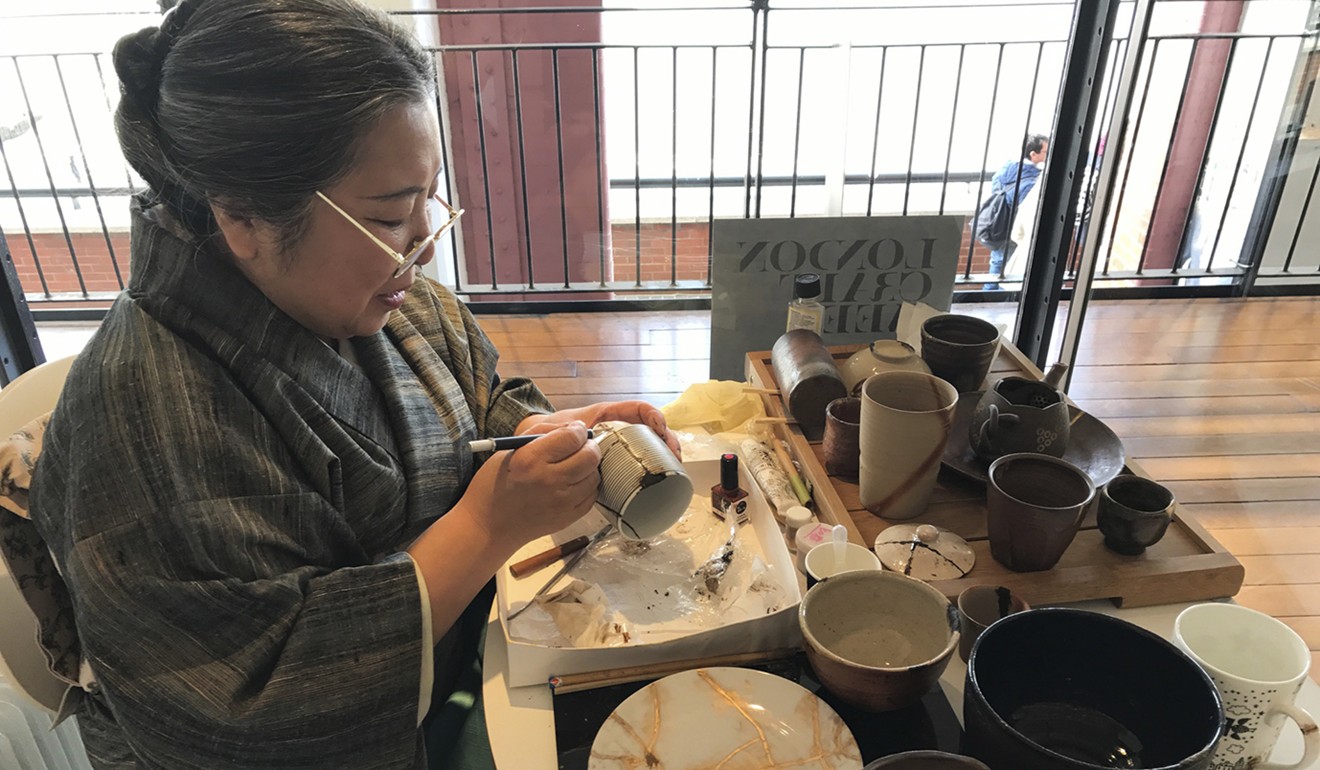
Salter, who is considered an expert on luxury brands after a career working with some of the best-known luxury brands, including Laurent-Perrier, Asprey, and Walpole, believes the revival in crafts is being driven in large part by consumers becoming more discerning about quality and provenance.
We wanted to forget restrictive labels and bring out the sorts of people who are highly skilled and creative but who would normally be hidden behind the scenes
“There is an increased desire for authenticity and for understanding or knowing the maker, which is fuelling the interest in small design studios and individual craftsmen and -women,” he says.
This year’s event featured a wide range of disciplines represented by a collection of local and international design personalities, from Tom Dixon, Edmund de Waal and Stephen Jones, to Korean artist Do Ho Suh, to a raft of little-known craftsmen – from glassblowers and silversmiths to sculptors, rug designers, and master carpenters.
“We don’t get caught up in definitions of what an artisan or craftsman is because we don’t believe that’s important,” Salter says. “It’s the same problem with the word ‘luxury’, which has many different meanings.”
That may be so, but there has long been discussion about what constitutes art and what is craft. In general, an artisan is considered a skilled worker who makes things by hand, while a craftsman is a worker skilled in a craft like carpentry or pottery.
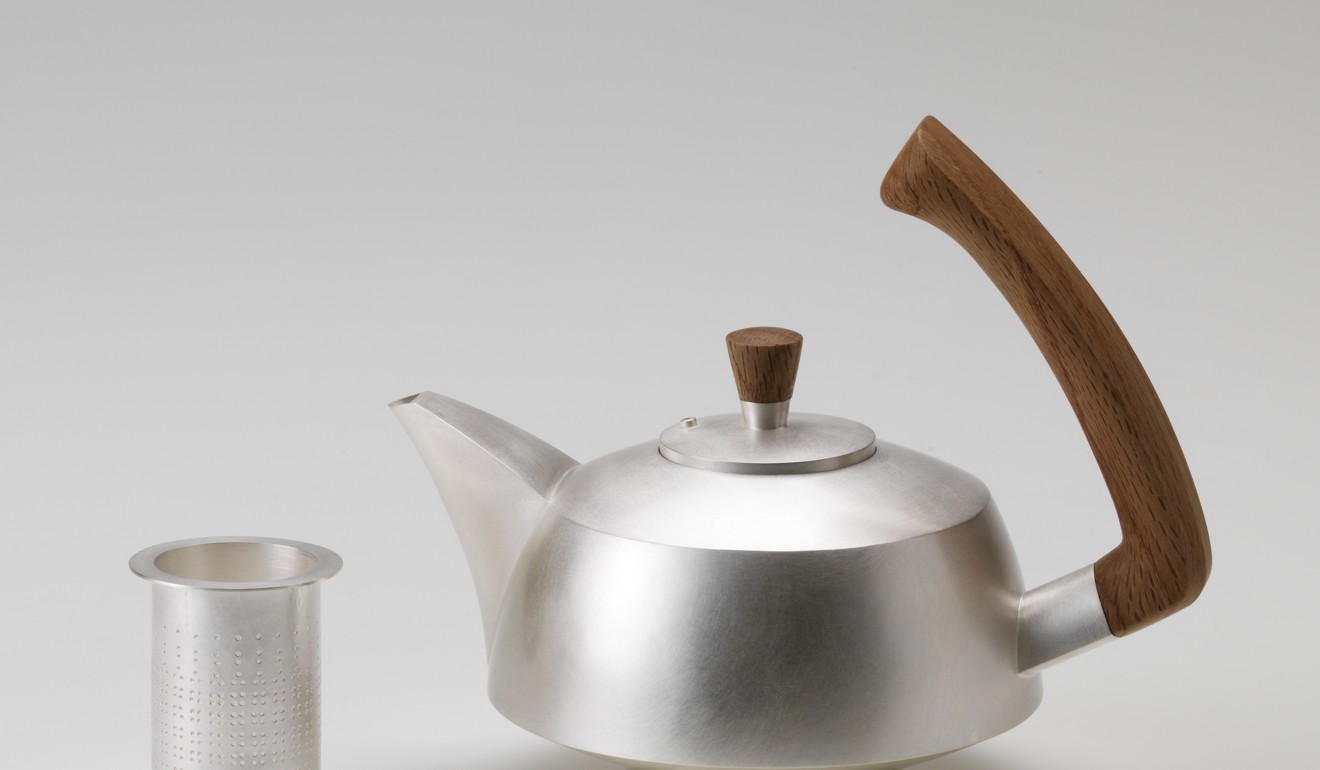
For Salter, however, quality is the thread that ties the different crafts together.
“We wanted to forget restrictive labels and bring out the sorts of people who are highly skilled and creative but who would normally be hidden behind the scenes,” he adds.
Salter has been keen to avoid following the format of a trade fair, and says one of the best decisions they made was to consider London and its many hotels, department stores, small shops and studios as a stage for crafts from around the world.
Among international exhibitors, there was a particularly strong showing of Asian crafts, including an outstanding exhibition of minimalist silver teapots and ceramic bowls presented by the non-profit Arumjigi Culture Keepers Foundation from Seoul, South Korea.
A number of Hong Kong designers had shows, among them an exhibition at Seeds Gallery in a Victorian house in South Kensington. There, an elegant collection of new works by architect and designer Chi Wing Lo were presented alongside textile designer Elaine Yan Ling Ng’s newest works.
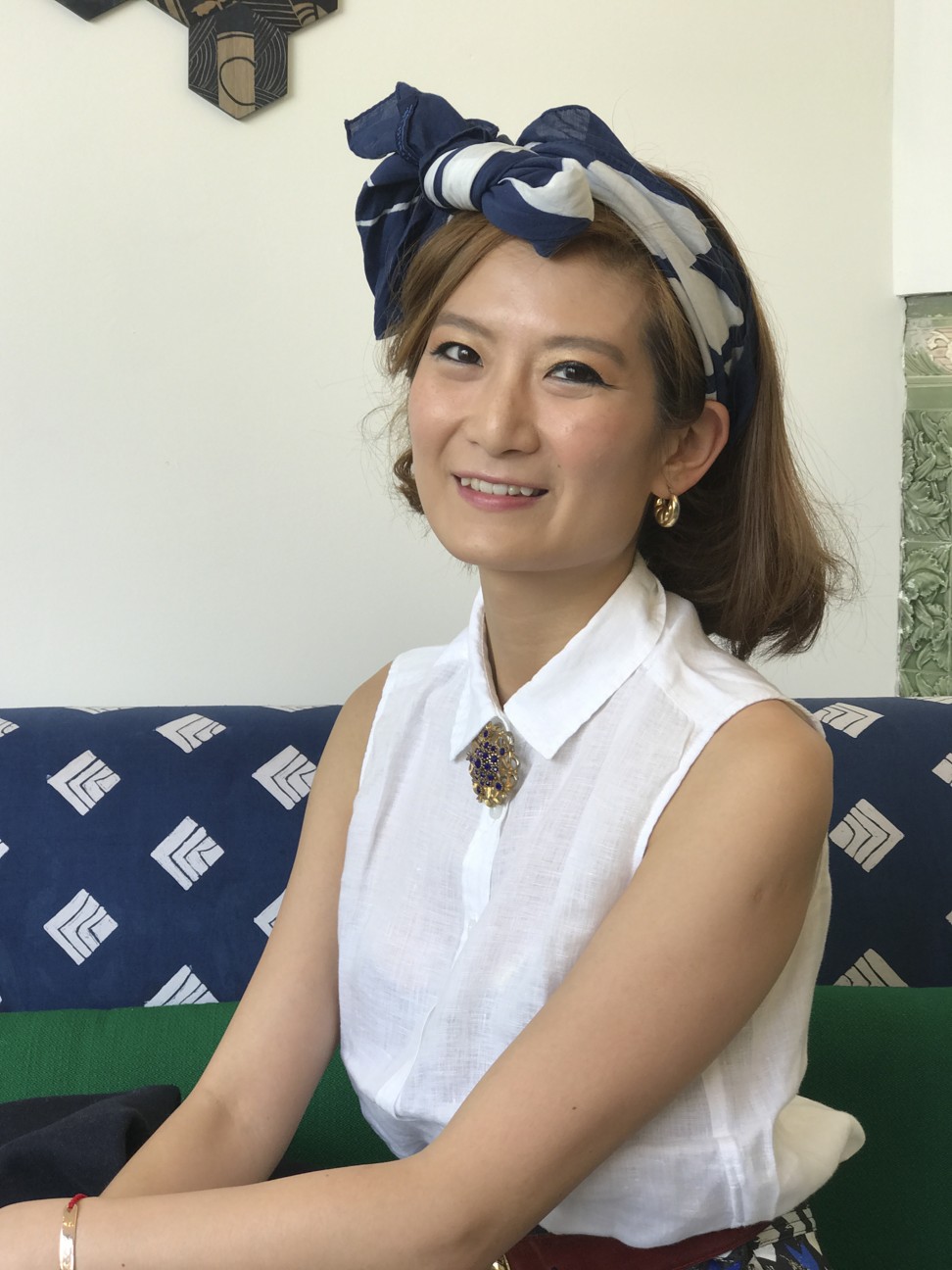
“This is the first time the designers have collaborated and the theme of the exhibition – Time Travel Translation – expresses a common thread between their work,” says Alice Ho, who helped arrange the pair’s exhibition, which was supported by Hong Kong’s Debbie Lo Creativity Foundation.
“In practice this means creative ideas that connect past and present, one place with another; as well as the translation of vanishing crafts through contemporary means.”
Raised in Hong Kong and educated in the United States, Lo showed his trademark hybrid of Asian minimalist harmony and Italian style, in a series of water features in charcoal-black smooth ink stone, and hand-polished geometric silver and ebony tea wares.
“I work with very simple geometries but you need a determined mind and a meticulous hand to express these circles and squares in an absolutely precise way,” Lo says of his work.
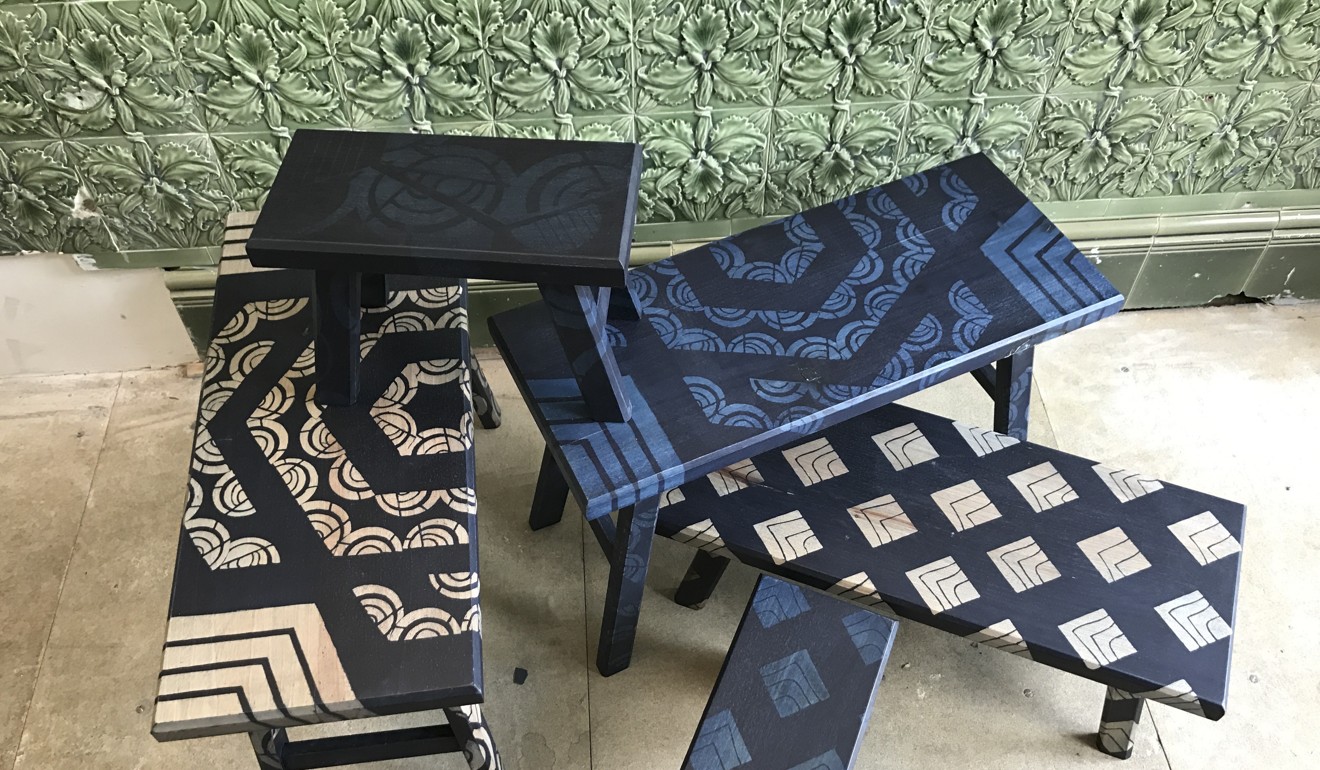
Lo’s pared-down contemporary designs offered an interesting foil to Ng’s collection of handmade batik silk scarves co-designed with craftsmen and inspired by traditional motifs from Guizhou in southwest China alongside her most recent design collaboration, an indigo dye sofa and screen for Shanghai-based furniture manufacturers Stellar Works. Ng also led an experimental wax batik workshop at the Ace Hotel London.
In Marylebone’s Asia House, the non-profit organisation Fashion Farm Foundation promoted Hong Kong fashion design with a collection of emerging Hong Kong makers, including the zero-waste artist-designer Kay Wong, who works with discarded and found materials, and bespoke milliner Jaycow.
The work of other young Chinese artisans was on show at the China Design Centre in an exhibition that included leather shadow puppets; handmade ceramics; 3-D printed cups by Yi Design, from Dali in Yunnan province, and Shanghai’s Xuberance Design; and unusual jewellery by Rare Animals Studio.
While craft purists may complain about the event’s rejection of formal definitions of craftsmanship, challenging common interpretations of craftsmanship helped keep things interesting.
For instance, third-generation Spanish guitar maker Felipe Conde combined his craft making with a flamenco guitar performance ,while hands-on activities extended to a dry-stone-walling workshop.
The event owed much of its success to the opportunities it created for attendees to meet and interact with makers. At Grosvenor’s St James’s Market Pavilion, for instance, visitors mingled with boatbuilders and makers of luxury leather craftwork, wicker baskets, and knives.
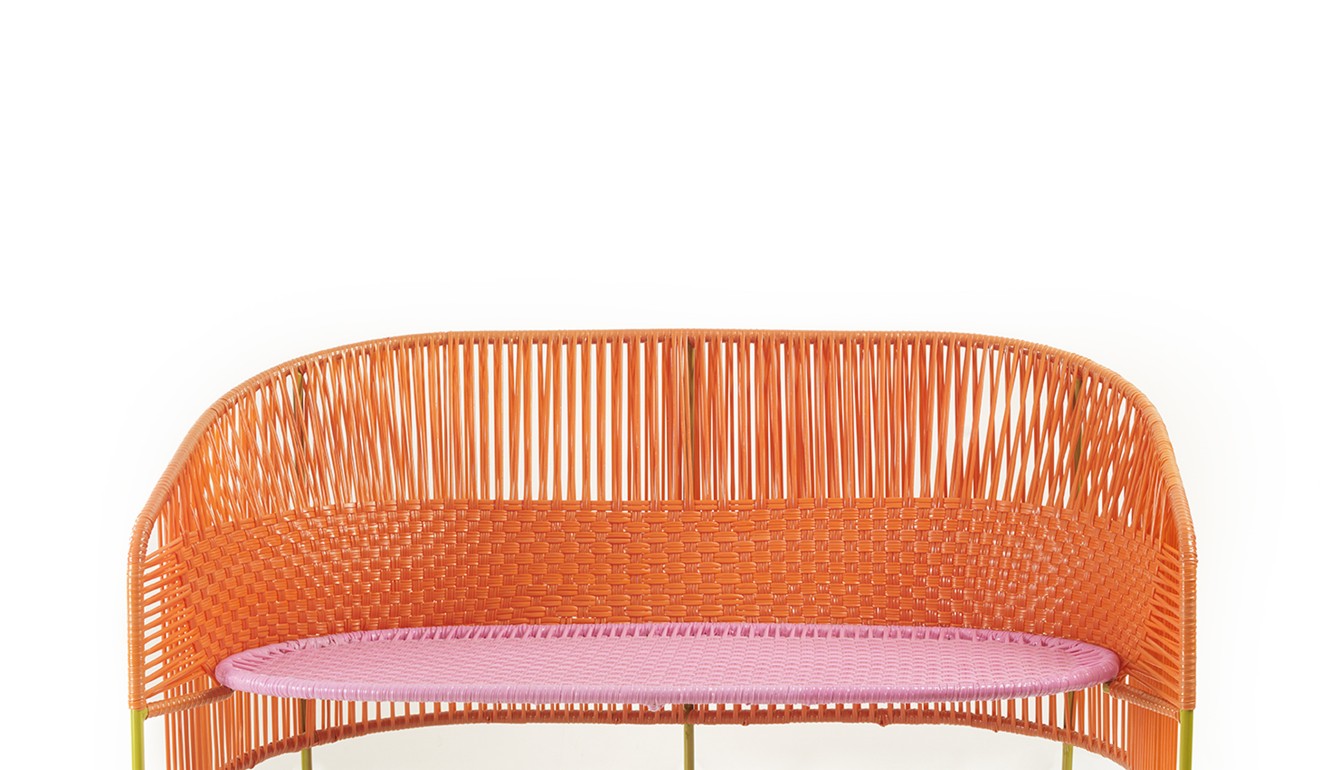
“A close view of such creativity and skill is essential for people to understand what goes into a craft,” Salter says.
For many designers, the event afforded an opportunity to experiment with artisans on new ways of making things. Of these encounters, the most notable was Sebastian Herkner’s collaboration with Ames on Caribe outdoor furniture, inspired by Colombian weaving and produced from recycled plastic string and tubular steel.
Some works were specially commissioned for London Craft Week, including Tom Raffield’s installation of sculptural steam-bent lights suspended from the trees of Orange Square in Belgravia, and intended to highlight the skills and traditional techniques used in his woodland workshop in Cornwall, southwest England.
Salter hopes the programme will encourage other cities to consider the place of crafts in the contemporary design world, and is already in discussions about the potential for satellite events and venues.
“London is unique, so what we have here can’t just be replicated,” he says. “ But we believe there’s potential for other cities to look at traditional crafts with fresh eyes and make it their own.”